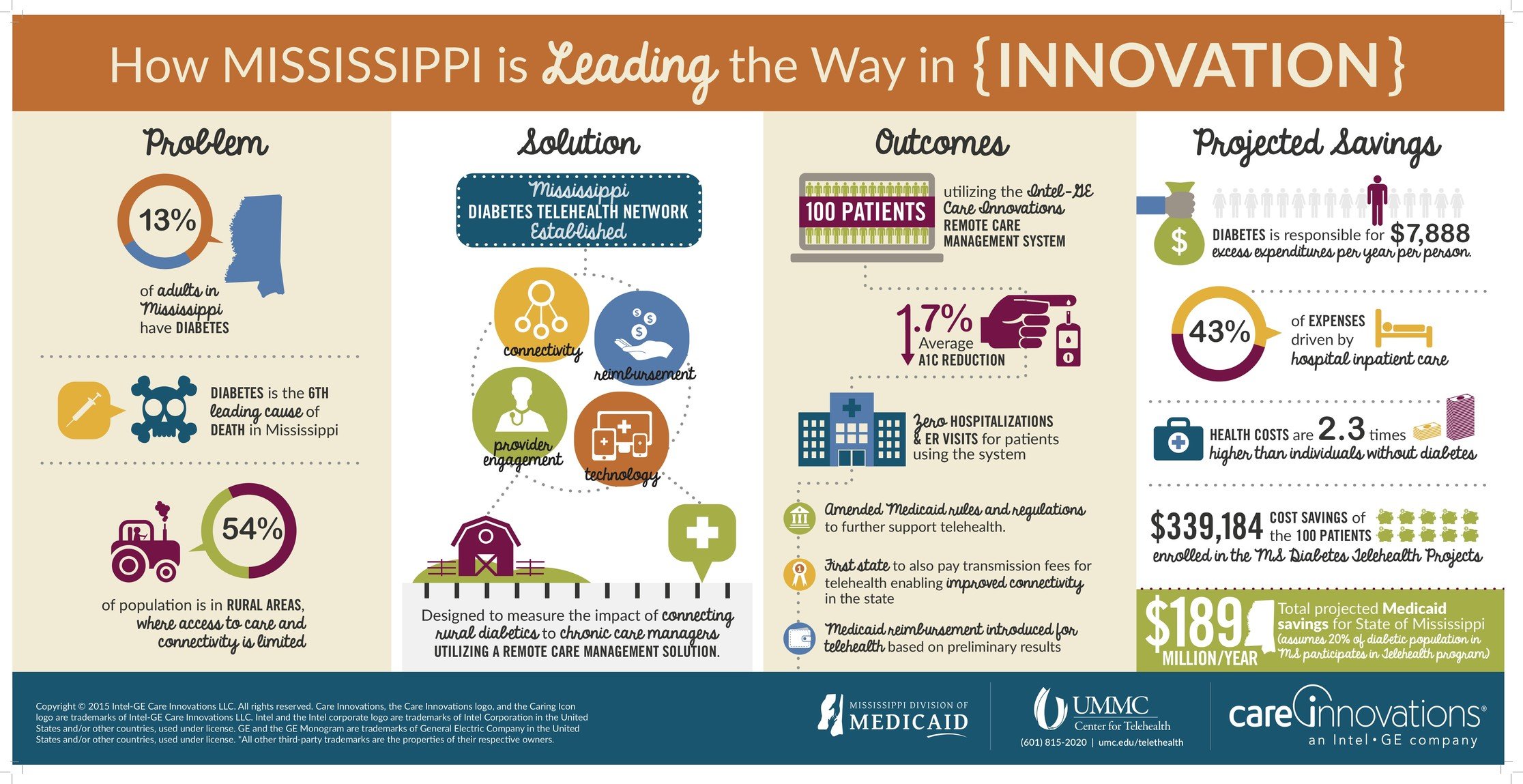2015 Health-Tech Progress Report (Part II)
What are the latest innovations in health-tech? Last week we discussed Big Data analytics and its power to radically personalize medicine. But how are these broad concept macro-innovations being fueled on the ground level?
Sensors
In the past five years we've seen a huge rise in the popularity of activity trackers. There's a good chance you use something like a Fitbit, and if not you definitely know ten people who do. Such rapid adoption has encouraged companies and their engineers to innovate and make products that give us more and more insight to our health metrics and help us live healthier lives.
But what about the really sick? Sensor technology has an even bigger opportunity for these people. In August, Y Combinator—a Silicon Valley incubator for startup companies—released their “Request for Startups” report. In their healthcare section they state:
Healthcare in the United States is badly broken. We are getting close to spending 20% of our GDP on healthcare; this is unsustainable.
We’re interested in ways to make healthcare better for less money, not in companies that are able to exploit the system by overcharging. We’re especially interested in preventative healthcare, as this is probably the highest-leverage way to improve health. Sensors and data are interesting in lots of different areas, but especially for healthcare.
This is the most prestigious startup accelerator in the country, with under a 3% acceptance rate, and they’ve made an explicit request for innovators to explore the possibilities that sensors and data possess. They see there is a gap. They see there is an opportunity.
In 2014, C Spire partnered with the University of Mississippi Medical Center in a pilot program to improve healthcare in rural Mississippi through remote monitoring and data analytics involving individuals with diabetes. Thousands of people in our state suffer from more than one chronic disease and live outside the reach of consistent quality health care. Our plan combined the power and ubiquity of our high-speed mobile broadband communications network with Intel-GE sensors that link UMMC specialists to patients in their homes to deliver more connected, collaborative and cost-effective care. Patients are issued tablets and sensors equipped to monitor metrics like glucose levels, provide educational health information, and transmit a seamless stream of data to specialists at UMMC.
UMMC estimates $339,000 in combined savings for the mere 100 patients in the diabetes pilot program, resulting from the elimination of hospital stays and ER visits. Assuming 20% of Mississippi’s diabetic population enrolls, this could add up to $189 million in Medicare savings for our state per year.
This helps to close the gap between the medically underserved and everyone else. This saves our state a significant amount of money. This even promises better health outcomes for the many individuals who struggle with chronic diseases every day. This is Fitbit but with much higher stakes.
So as far as health-tech goes, with Big Data and sensors, we’re in a good place. And if history is any indicator, we’ll soon be heading to an even better one.
